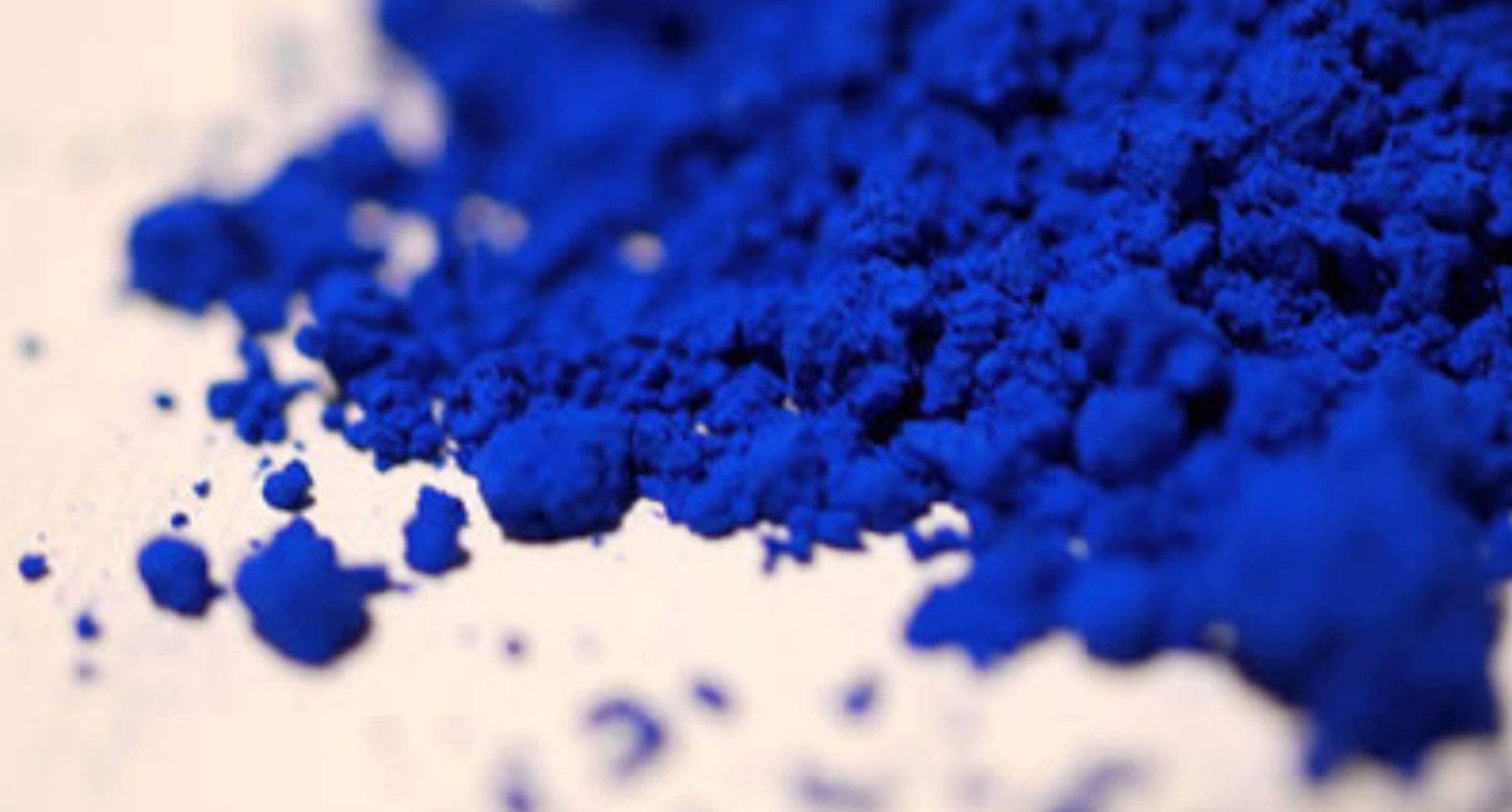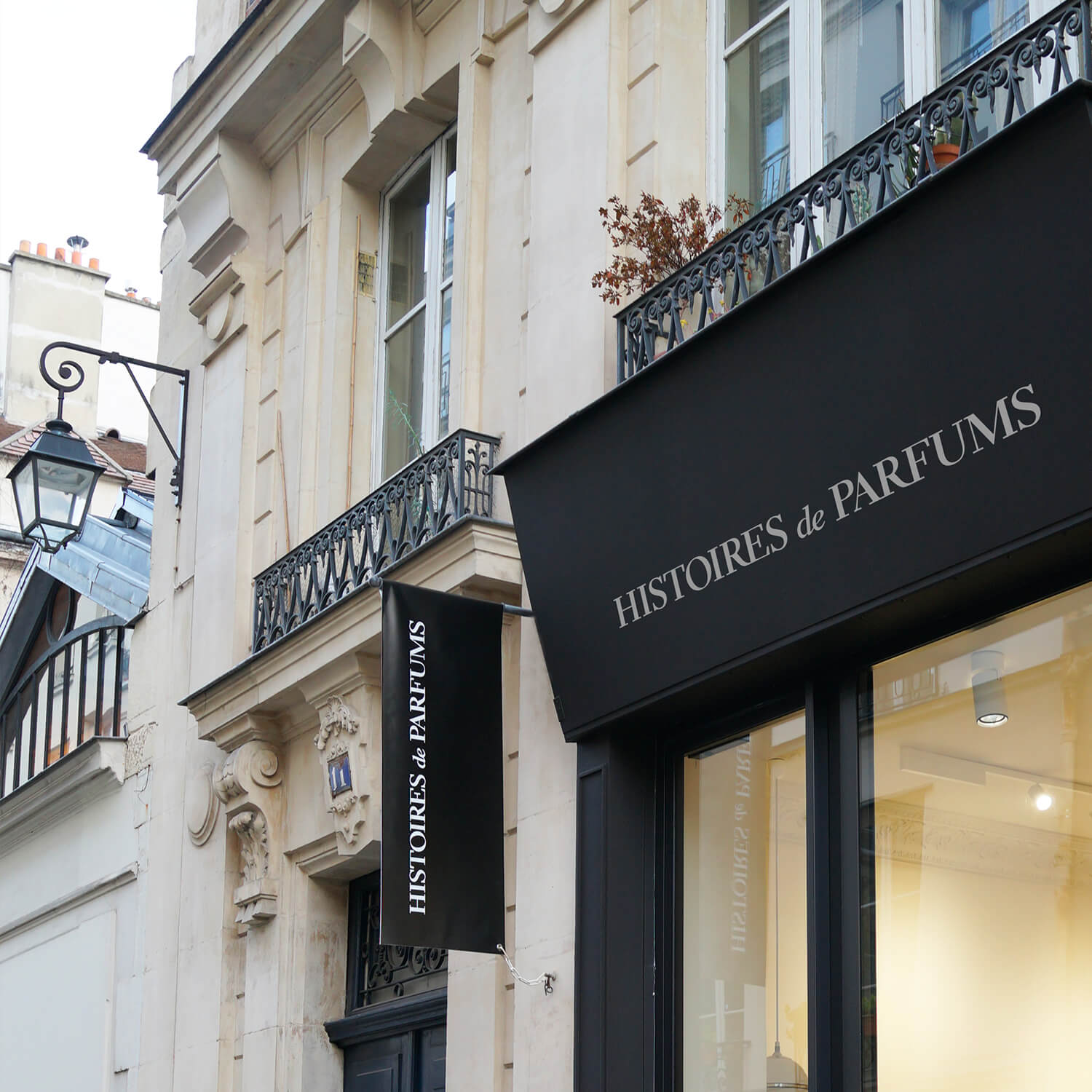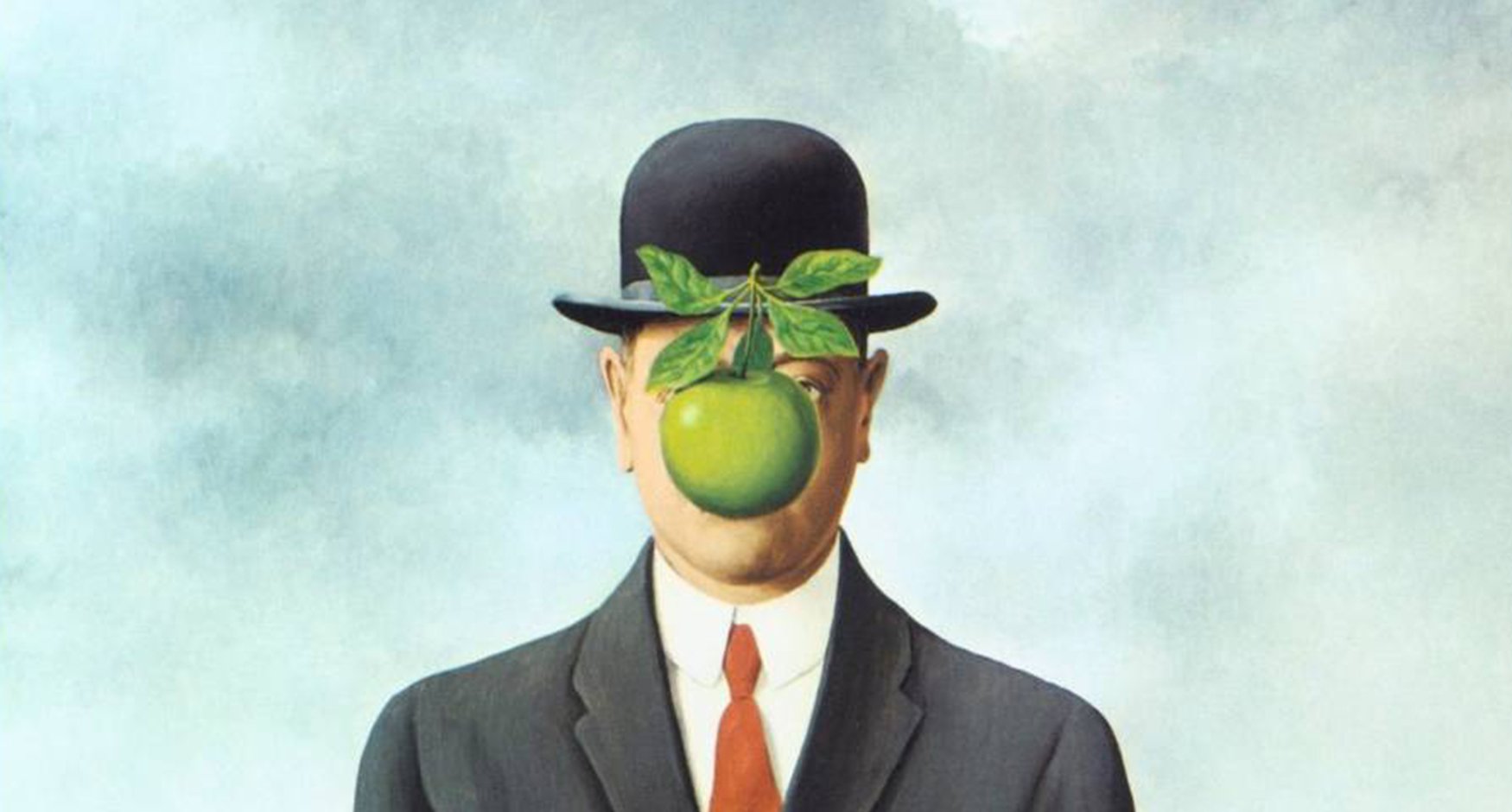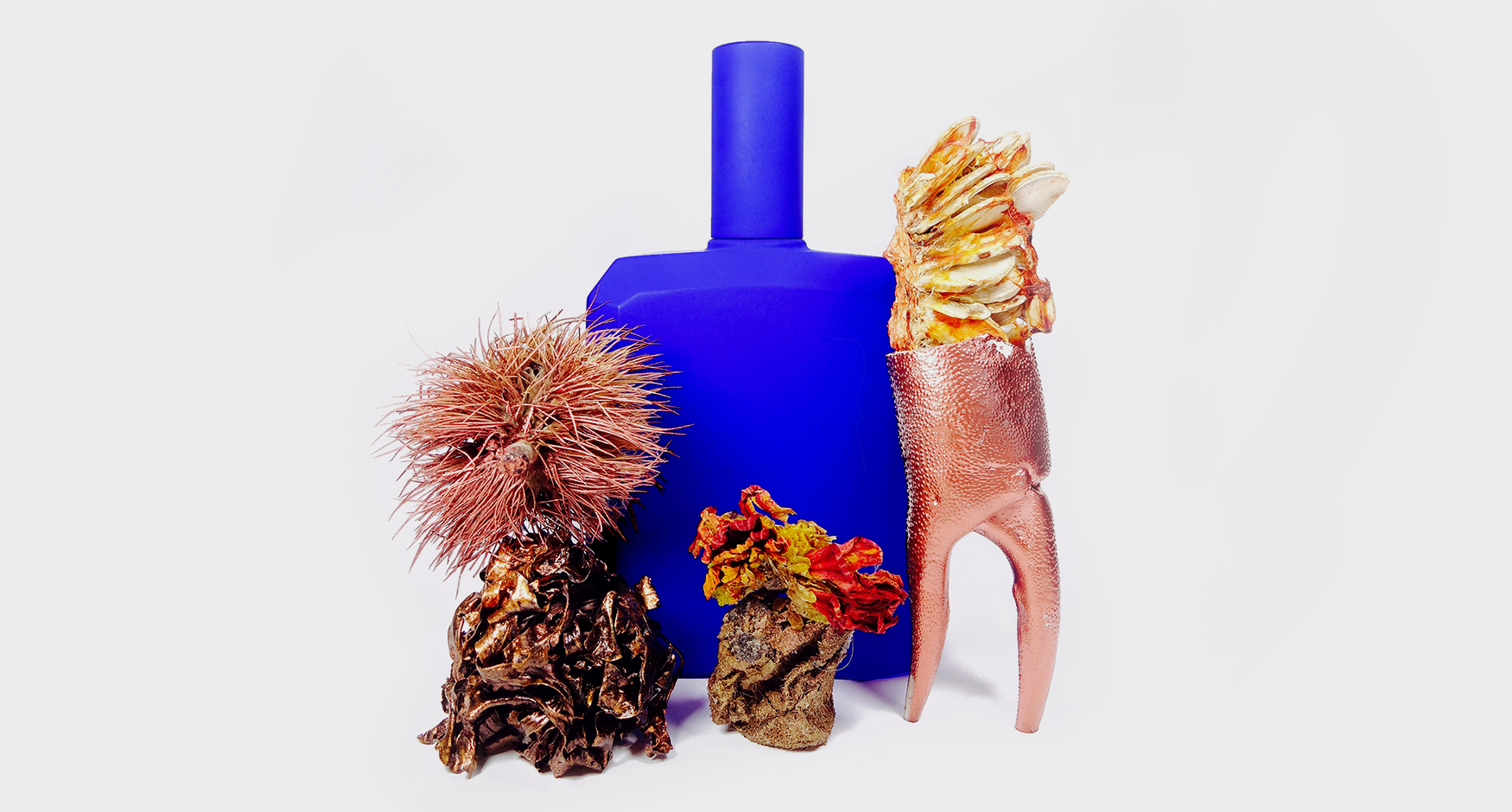
The blue
The color blue has been one of the most challenging colors for humanity to control. Unlike red, black and white, which hold predominantly symbolic meanings since the beginning of ancient societies, the color blue played a secondary public role. The color blue lacked such a social presence in ancient society, that XIXth century scholars posited that the men of that era could simply not see the color.
However, at the frontiers of the Roman Empire, Germans and Celtics used blue woad to create tribal paintings which assigned a barbaric identity to the color. In fact, Romans believed that having blue eyes was a physical misfortune. On the contrary, Egyptians favored the color blue, and used it in funerary rituals to protect the deceased in heaven, as they believed it chased away evil spirits.
The Roman Empire played a predominantly influential role at the beginning of the Middle Ages in Europe, which preserved the barbaric identity assigned to the color blue and it was thus only used as a fabric of the lower classes. But little by little, the color began making an appearance in art, and in the Church which granted it an association to nobility, and eventually, the XIth century would mark a turning point for the color blue. Until then, the Virgin Mary was represented in black, gray or dark green, but in the XIth century, she became strictly depicted in blue.
In the XIIIth century, the nobility began dressing in blue, and by the end of the Middle Ages in Europe, blue became "the royal color", with red remaining as the symbol of imperial and papal power.
Currently, one of the most influential artistic works of the color blue is by Yves Klein. He claims that artists do not create beautiful work, because beauty is found in nature itself. Rather, the artist's work is considered "art" when they are able to capture this natural beauty and demonstrate it to the world.
In 1960, Yves Klein creates a patent for "International Blue Klein" at the National Institute of Industrial Property, which he would later use in his most renown monochromatic pieces. His decision is based on the idea that the color blue lacks a fixed symbolic meaning, and is the most open for interpretation. Blue is "without dimension and unidimensional" which forces each viewer to assign their own meaning to the piece without channeling any preconceived notions.
The color blue is marked by monumental evolutions. Once undesirable and linked with the lower classes, it rose to become a flagship of the upper class. Today, studies show that blue has become the most favored color amongst societies worldwide.






